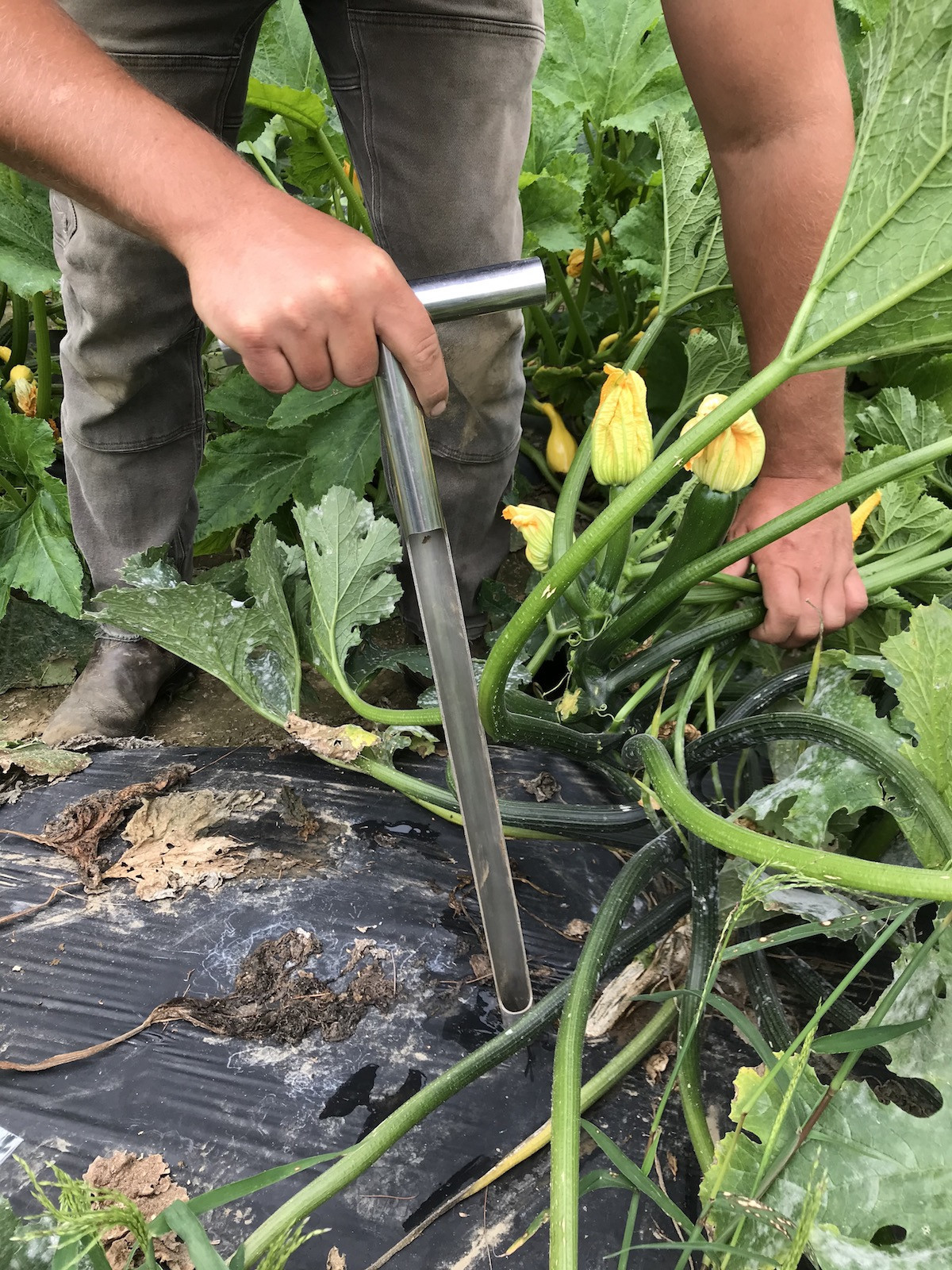Testing Nutrient Density in Our Vegetables

Multiple studies have analyzed nutrient data over the past 70 years and have found a startling decline in the vitamin and mineral content in fruits and vegetables. By looking at data from the USDA, one study concluded that since the 1950s there has been a decline in the amount of protein, calcium, phosphorus, iron, riboflavin (vitamin B2) and vitamin C in 43 varieties of vegetables and fruits! The study’s author, Dr. Donald Davis estimates that this is a direct result of breeding vegetables for size, growth rates, and pest resistance and not nutrition. Another factor in this nutrient loss is the depleted soils that most of our fruits and vegetables are grown in.
So why is that carrot in a baggie?
Today, September 8, 2020, our Research and Development department picked multiple samples of our carrots, summer squash, zucchini, and bell peppers. They also took soil samples from the base of each plant and separated out the top four inches and bottom four inches of soil into separate samples. These samples will be sent to the Bionutrient Food Association for nutrient testing.
The Bionutrient Food Association is dedicated to increasing quality in the food supply. They are working to develop tools to better measure the different types of vitamins and minerals in vegetables.
One tool they use is a spectrometer. Spectrometers work by sending out a beam of light to the vegetable. The light is then reflected back to the machine and analyzed. Each vegetable has its own unique signature based on the wavelengths of light that are reflected back to the spectrometer. Certain patterns in the reflected wavelengths can be correlated with different types of nutrients and with enough data the machine can tell you what nutrients are there and how much of each one!
The samples we send will become part of a larger dataset that is studying farming methods and vegetable nutrient density.
The Bionutrient Food Association’s end goal is to produce a device capable of measuring nutrient levels in a piece of produce just by scanning it with your smartphone. Imagine going into the grocery store and using your phone to select the most nutrient dense tomato.
While this technology is still a ways out, there are less sophisticated ways to ensure that you are consuming nutrient dense foods. Simple farming practices like cover cropping, crop rotation, and organic growing methods keep the soil healthy and make the minerals more available for plants. Buy your produce close to home and eat it soon after harvest. Finally, enjoy heirloom varieties that have been grown for taste and not bred for sitting on grocery store shelves.
This sampling was performed as part of a study by The Bionutrient Institute (BI), a project of the Bionutrient Food Association. Over the course of 3 seasons, from 2018 to 2020, Cedar Circle sent samples of our vegetables to the BI lab for testing. The BI compiled the results from all the partner farms who participated in the study, which you can find on their website, under Reports.


_BDP-4552_1600_600_90_s_c1.jpg)





